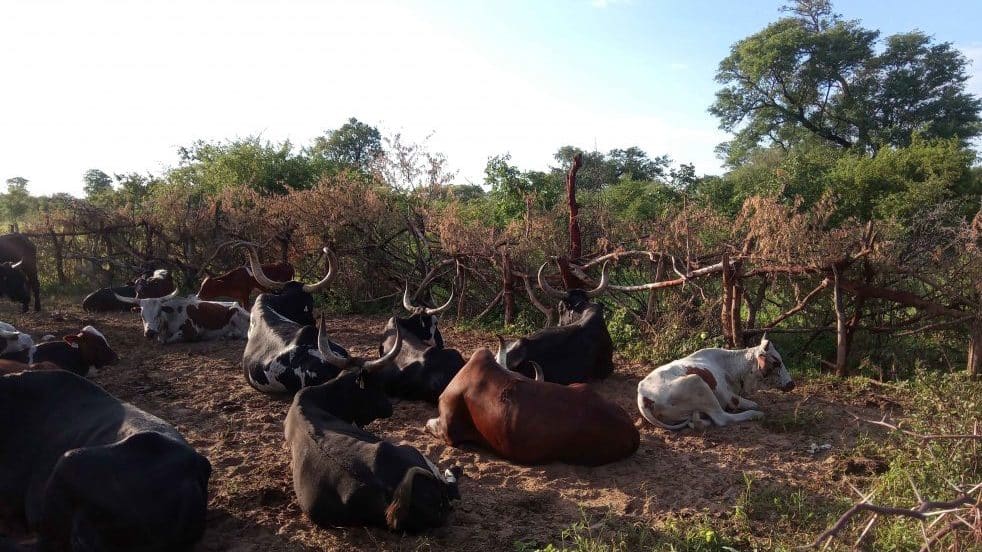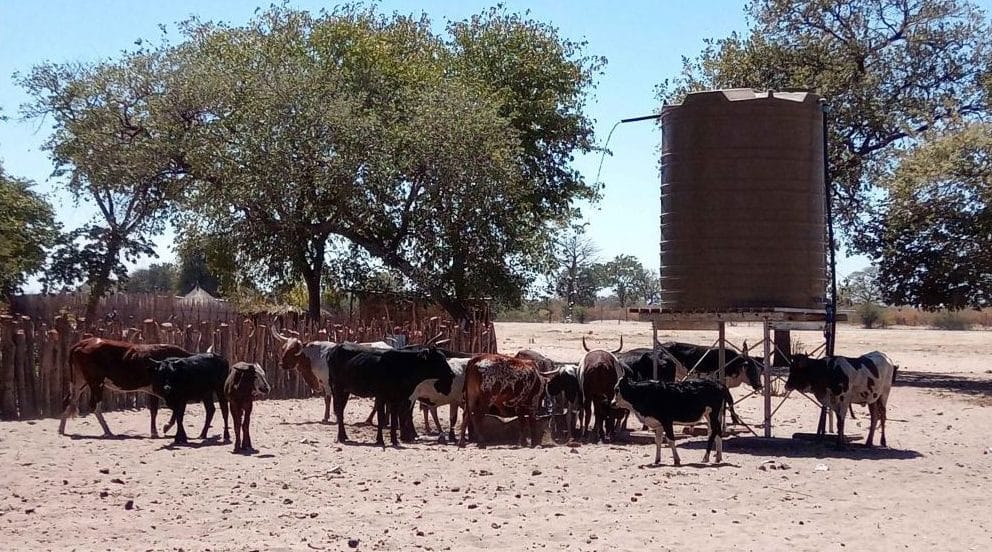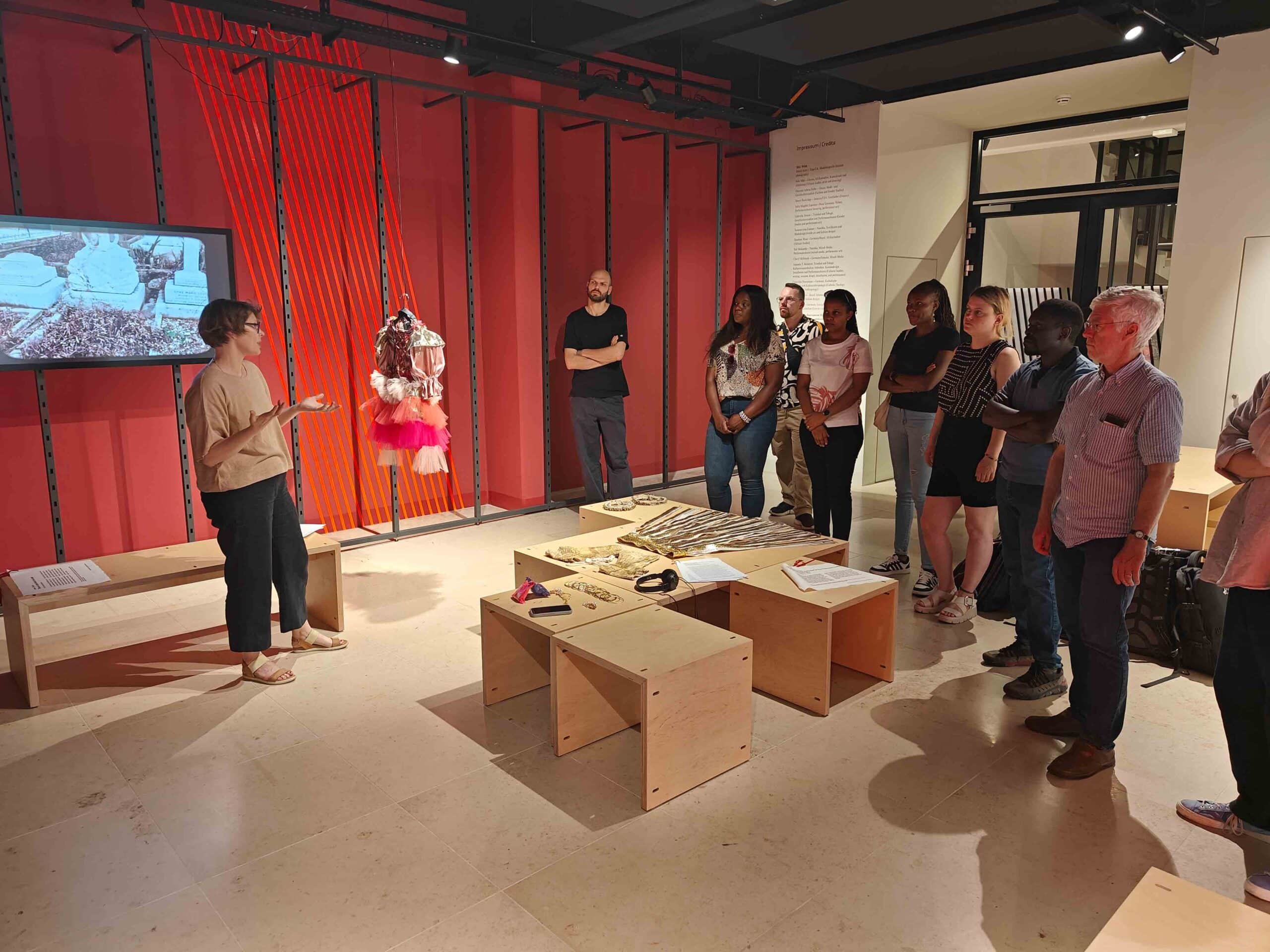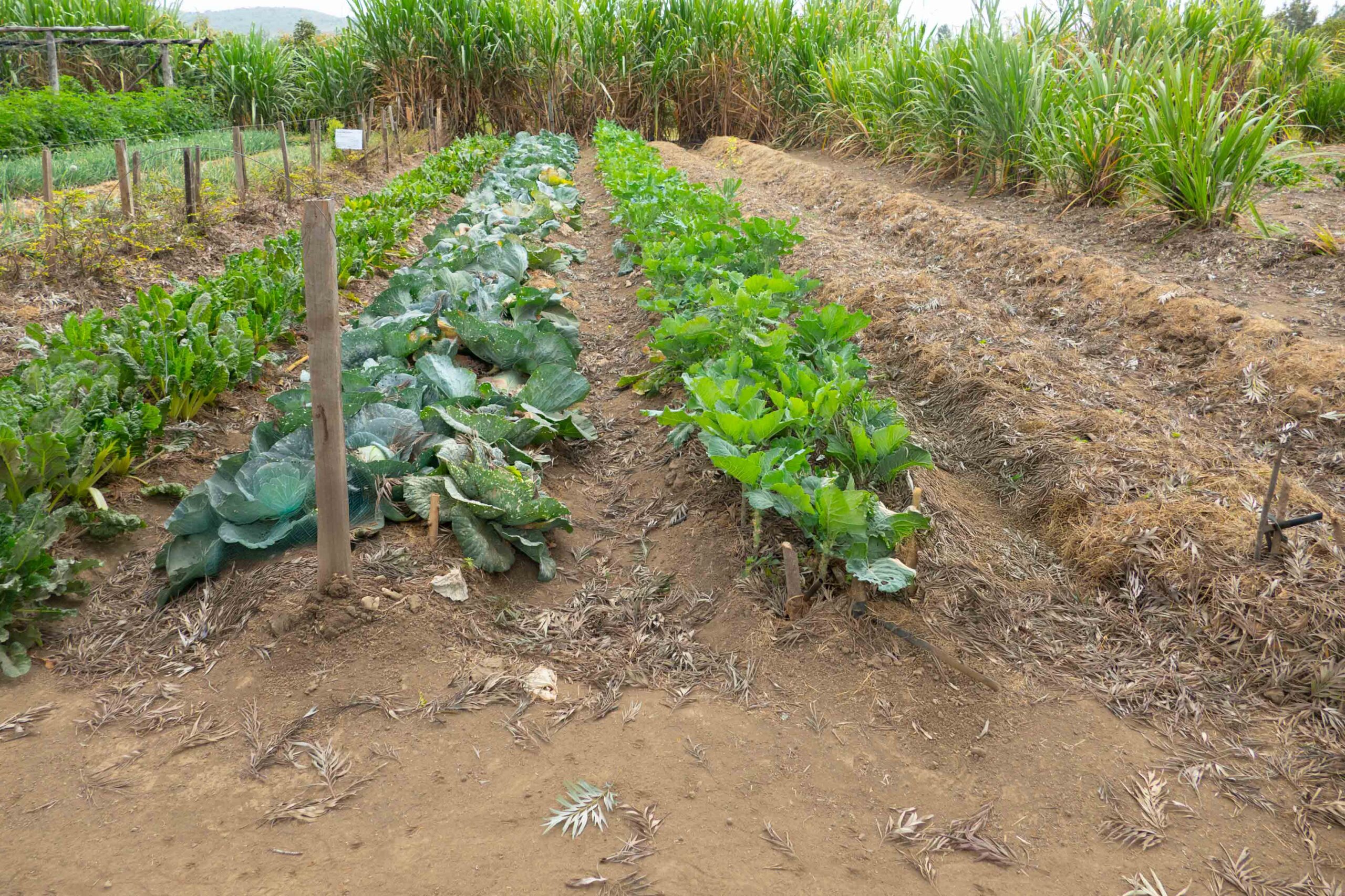New Publication:
North-eastern Namibia’s Zambezi Region became part of the world’s largest transboundary conservation area in the early 2010s: the Kavango–Zambezi Transfrontier Conservation Area. While wildlife numbers and wildlife-based tourism are increasing rapidly in this conservation zone, cattle herds and livestock-based economies are expanding as well. More than conservation and wildlife-based tourism, cattle husbandry is a project of the local population and of the local elite in particular. Cattle are an expression of wealth and are regarded as a means of saving. At the same time, cattle can be used to plow fields, pull sledges, and produce milk and meat for home consumption and also for sale.

Cattle also fulfill important social functions; they are necessary for bridewealth payments and are used in cattle loans with which wealthy herd owners furnish poorer relatives. Recent investments into self-financed boreholes have opened new rangelands for the wealthy, while the expansion of conservation areas in the region’s wetlands and the establishment of wildlife corridors have rendered other rangelands challenging due to prohibitions and increasing incidences of human-wildlife conflict. The needs and practices of expanding cattle husbandry often conflict with the demands and challenges of conservation and conservation-related tourism.
This contribution describes the emergence and expansion of cattle husbandry in a region which had hardly any cattle before the 1960s and which has seen a major expansion of conservation areas and a subsequent refaunation since the 1980s. The contribution analyses current cattle ownership patterns and management practices. We argue that livestock husbandry and conservation have to be considered together and not as competing land-use strategies that need to be kept apart but as separate visions and aspirations of different stakeholders relating to the same landscape.
Bollig, M., Vehrs, H.-P. (2020): Abundant herds: Accumulation, herd management, and land-use patterns in a conservation area. Pastoralism 10, 20.
Full access to this article is available through this link.






